Deck & Commander Strategies

Trostani Discordant
Token generation and life gain synergy, using Anointed Procession and second harvest effects to create and maintain a wide board presence that can overwhelm opponents.

Sen Triplets
Disruption and political manipulation through copying opponents’ cards, forcing unfavorable votes, and leveraging opponents’ resources against them to control the game.
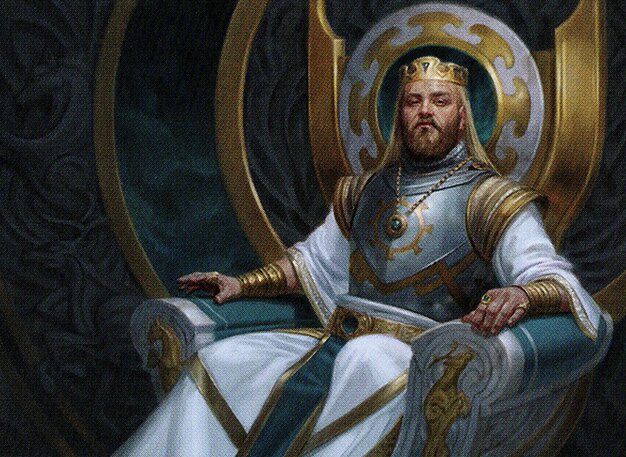
Kenrith, the Returned King
Versatile midrange strategy with ramp, life gain, and recursion, using Kenrith’s abilities to control the board, gain advantage, and bring back impactful creatures.
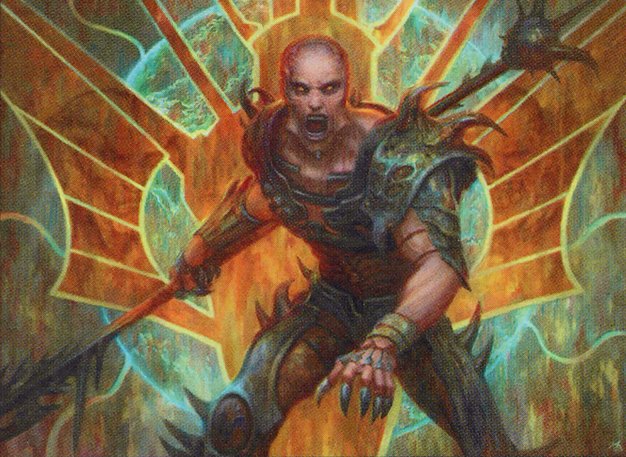
Greven, Predator Captain
Aggressive sacrifice and life payment strategy that pumps Greven through combat damage and sacrifice triggers, aiming to win via commander damage and incremental board control.
Gameplay Insights
- 1
Greven's early aggressive plays with sacrifice synergies and life payment allowed him to quickly pressure opponents and deal significant commander damage.
- 2
The combination of Hour of Reckoning and Ruinous Blast delivered a powerful board wipe that cleared non-token creatures, temporarily resetting board states.
- 3
Sen Triplets' use of Threads of Disloyalty and forced voting mechanics created political tension and disruption, influencing combat and spell choices.
- 4
Trostani capitalized on token synergies and life gain to build a wide board that could absorb board wipes and maintain pressure.
- 5
Kenrith's recursion and life gain abilities allowed for resilience and card advantage, turning the tide after board wipes.
- 6
Political promises and threats influenced targeted attacks and spell casts, showcasing the importance of negotiation in multiplayer Commander games.
Notable Cards
-
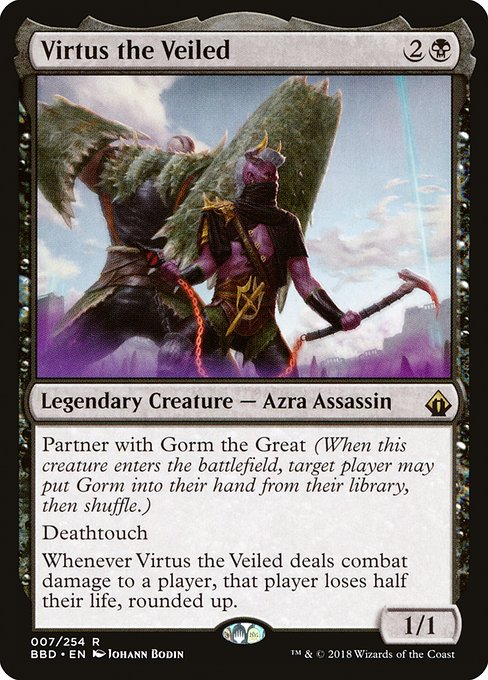
Virtus the Veiled
-
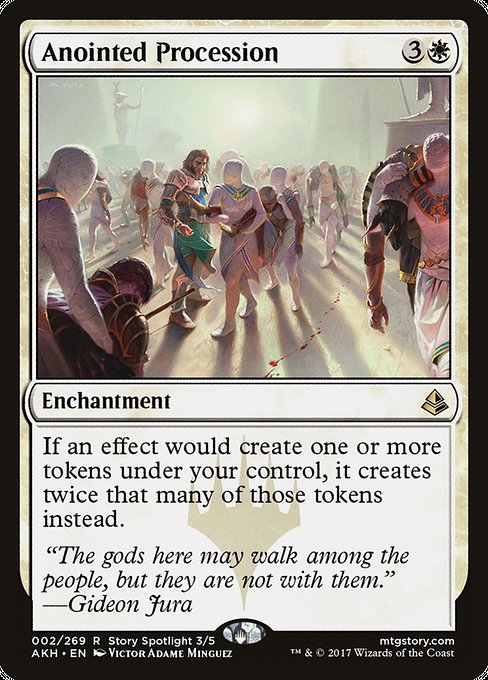
Anointed Procession
-
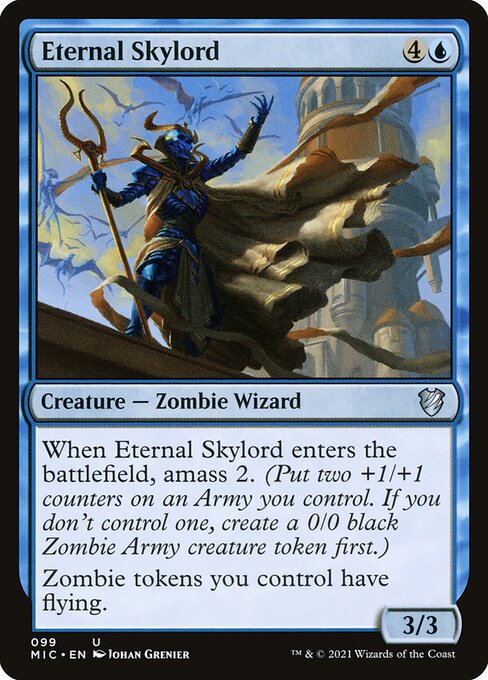
Eternal Skylord
-
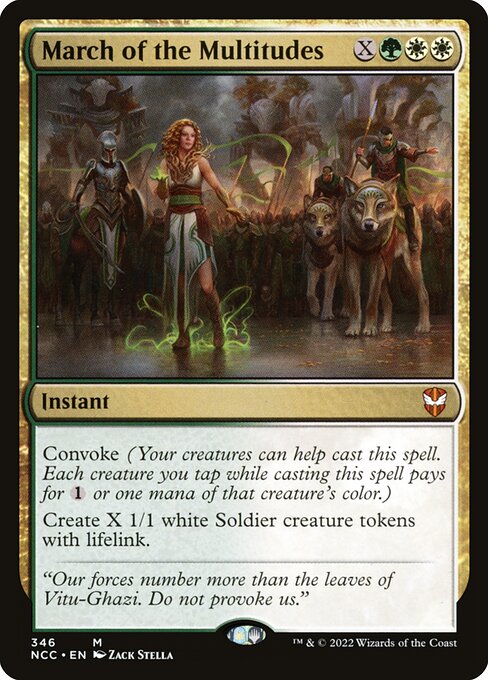
March of the Multitudes
-
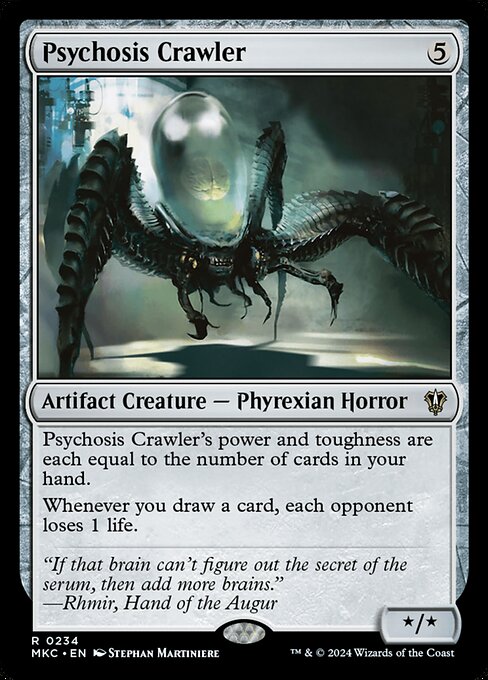
Psychosis Crawler
-
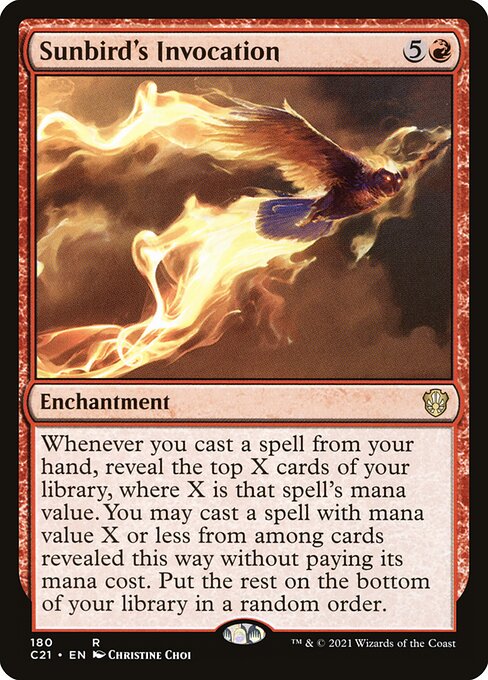
Sunbird's Invocation
-

Hour of Reckoning
-
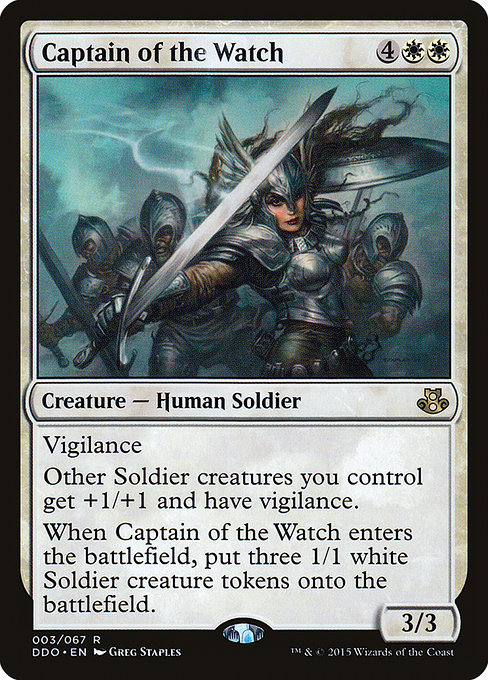
Captain of the Watch
-
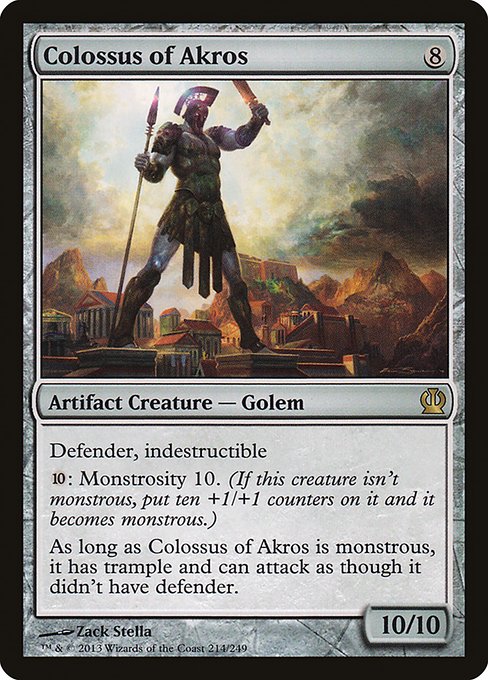
Colossus of Akros
-
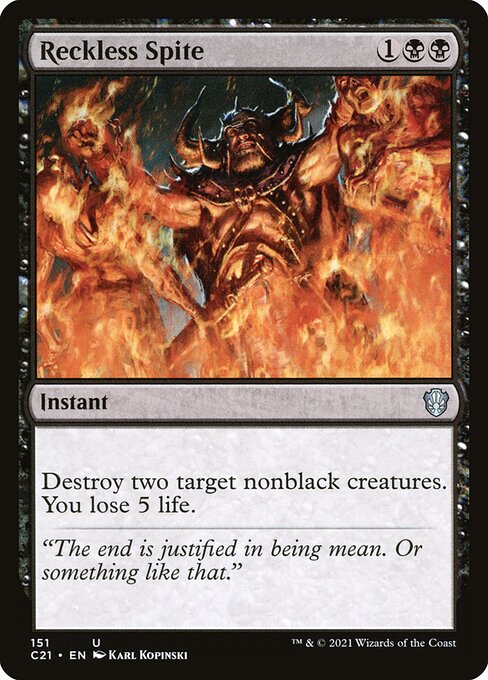
Reckless Spite
Gameplay Summary
The game started with each player developing their board state through early ramp and creature plays.
Greven, Predator Captain quickly established an aggressive early presence using creatures like Virtus the Veiled and Molten Slag Heap, leveraging sacrifice effects and life loss to pressure opponents.
Trostani Discordant generated tokens and gained life, synergizing with Anointed Procession to build a growing army.
Kenrith, the Returned King utilized ramp and life gain while casting impactful creatures such as Eternal Skylord and recurring threats from the graveyard.
Sen Triplets focused on disruption and political manipulation, using spells like Threads of Disloyalty to control opponents' hands and leverage their resources against them.
Midgame, Greven capitalized on life payment to pump his commander and dealt significant commander damage, eliminating a player after a decisive attack.
Trostani created multiple tokens and accumulated a sizable board that pressured the table, while Kenrith and Sen Triplets jockeyed for control through card advantage and board wipes.
A critical turning point came when Kenrith cast Hour of Reckoning followed by a Ruinous Blast from Sen Triplets, wiping the board of non-token creatures and resetting the battlefield.
Despite this, Trostani's tokens and Greven's aggressive plays kept the pressure on.
The game saw multiple swings in board presence, with players utilizing their commander's abilities and synergistic cards to maintain threats and recover from board wipes.
The game ended with continued political tension, board presence from token armies, and Greven's aggressive commander damage strategy looming large.
The combination of token generation, life gain, and creature recursion defined the flow, with political plays from Sen Triplets adding a layer of complexity to combat decisions.
Ultimately, Greven's relentless commander damage and synergy with sacrifice mechanics created the main win condition, while Trostani's token strategy and Kenrith's versatility provided strong counterplay and threats throughout the game.



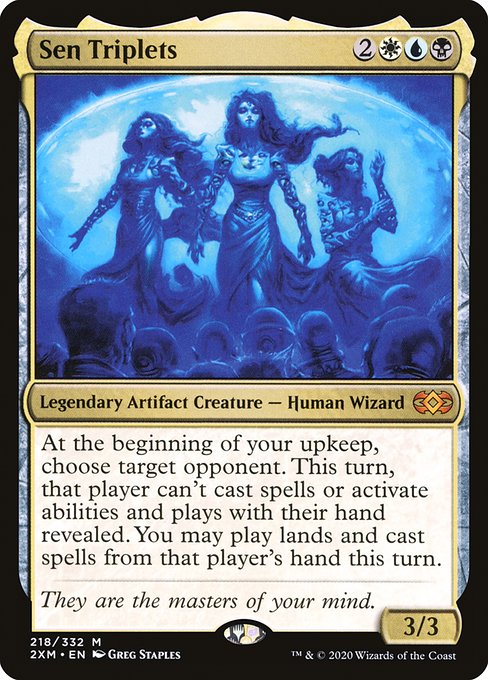






























![Commander VS S3E3: ????? vs ????? vs ????? vs ????? [MtG: Multiplayer] thumbnail](https://i.ytimg.com/vi/zUR3AeqZkPU/sddefault.jpg)
![Commander Versus Series: Ur-Dragon (David McDarby) vs Sen Triplets (Danny West) [MTG/EDH] thumbnail](https://i.ytimg.com/vi/yRCcWRRtVcw/sddefault.jpg)


